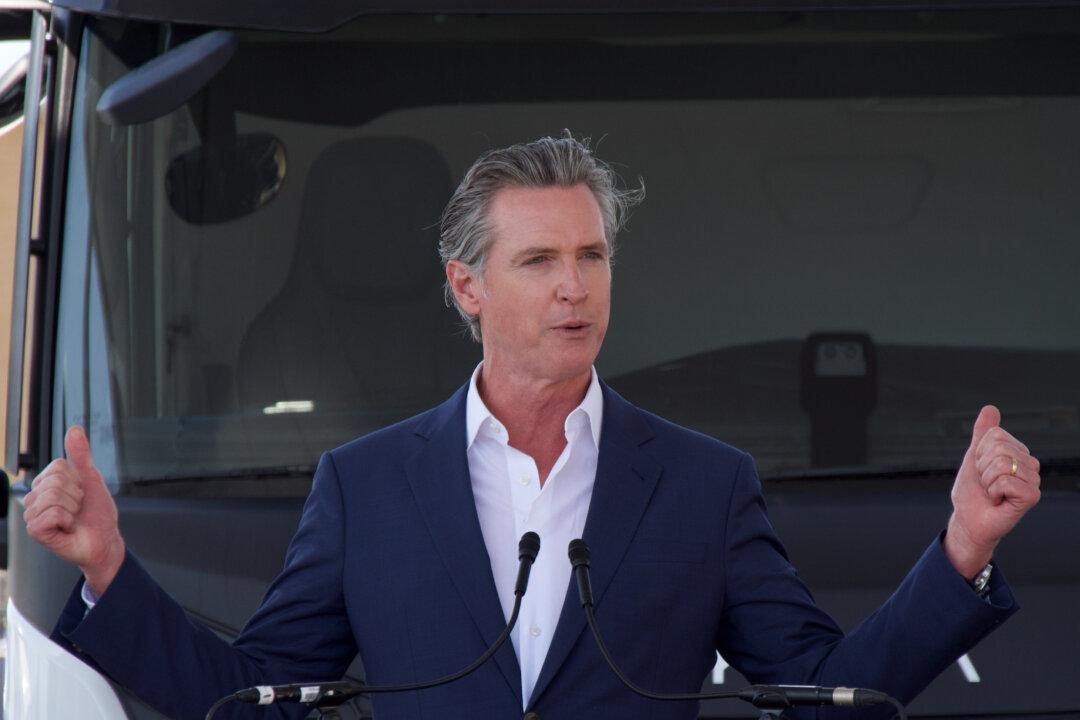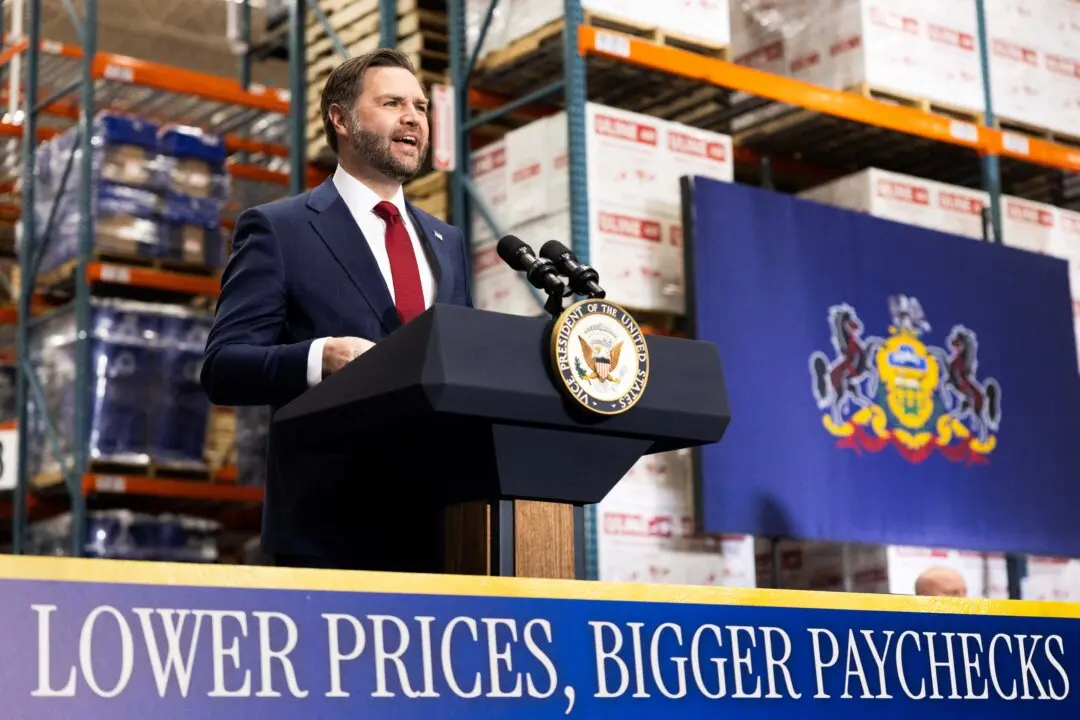OAKLAND, Calif.—Gov. Gavin Newsom joined U.S. Undersecretary of Energy David Crane, Sen. Alex Padilla (D-Calif.), and other state and federal leaders to announce the official launch of what officials say is the nation’s first commercial hydrogen fueling hub on Aug. 30.
“I’m ... proud of this great state,” Newsom said during the news conference. “We’re stepping up to advance our commitments.”





